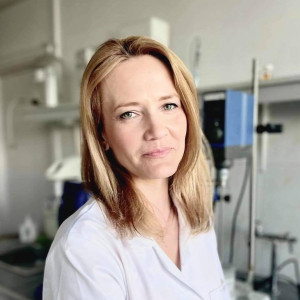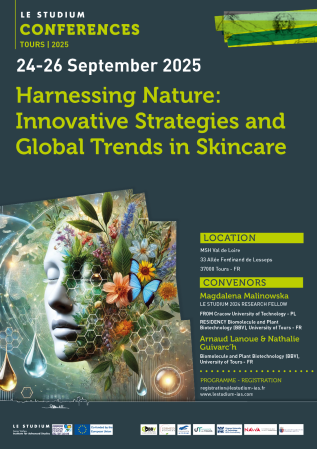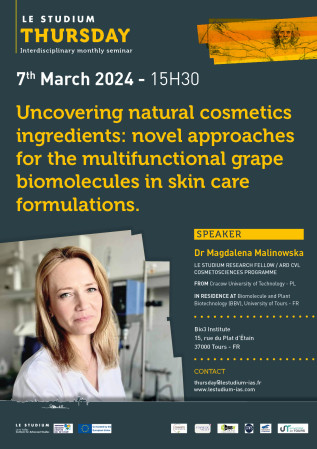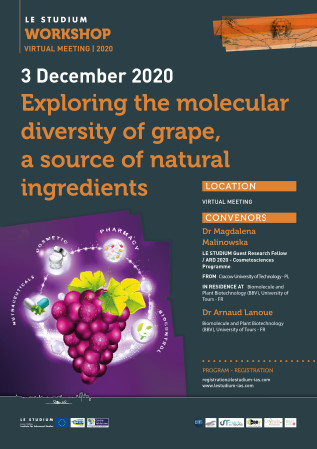Dr Magdalena Malinowska

From
Cracow University of Technology - PL
In residence at
Biomolecule and Plant Biotechnology (BBV), University of Tours - FR
Host scientist
Dr Arnaud Lanoue
Biography
Dr Magdalena Malinowska works as an Assistant Professor at the Faculty of Chemical Engineering and Technology at Cracow University of Technology. She has the expertise in organic synthesis, advanced extraction techniques, compounds isolation, purification, and analysis. Dr. Malinowska's research is dedicated to evaluating the biological activity, safety of use and bioavailability of chemical substances and plant extracts. Dr. Malinowska's scientific experience professional portfolio extends also into knowledge in chemical engineering and technology, with a particular emphasis on cosmetic science.
Project (2019-2020)
Grape Metabolomics & Cell Cosmetics
Project (2024)
Publications
Grape canes are waste biomass of viticulture containing bioactive polyphenols valuable in cosmetics. Whereas several studies reported the cosmetic activities of E-resveratrol, only few described the potential of E-ε-viniferin, the second major constituent of grape cane extracts (GCE), and none of them investigated GCE as a natural blend of polyphenols for cosmetic applications. In this study, we considered the potential of GCE from polyphenol-rich grape varieties as multifunctional cosmetic ingredients. HPLC analysis was performed to quantify major polyphenols in GCE i.e., catechin, epicatechin, E-resveratrol, E-piceatannol, ampelopsin A, E-ε-viniferin, hopeaphenol, isohopeaphenol, E-miyabenol C and E-vitisin B from selected cultivars. Skin whitening potential through tyrosinase inhibition assay and the activation capacity of cell longevity protein (SIRT1) of GCE were compared to pure E-resveratrol and E-ε-viniferin. Drug-likeness of GCE polyphenols were calculated, allowing the prediction of skin permeability and bioavailability. Finally, the present data enabled the consideration of GCE from polyphenol-rich varieties as multifunctional cosmetic ingredients in accordance with green chemistry practices.




